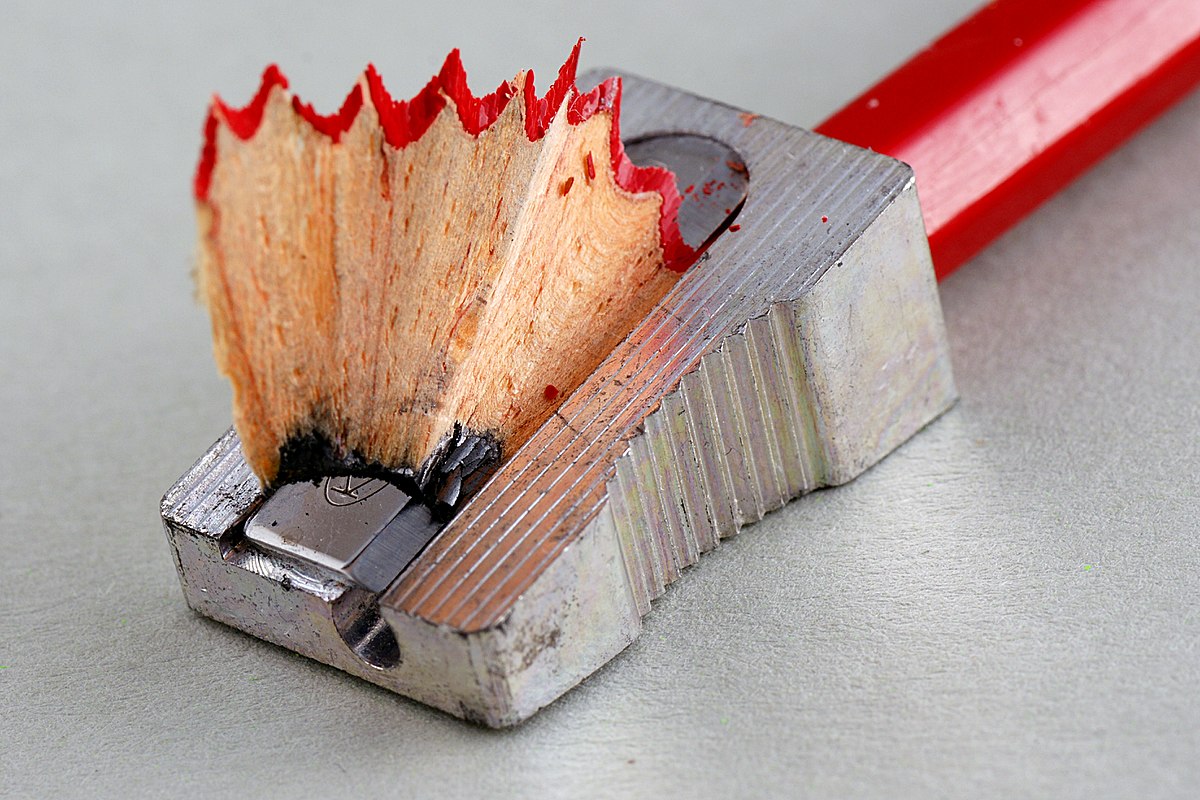Regardless of what you’re shooting, getting quality and clear shots is always important. Technology is evolving: new lenses, rugged tripods, and cameras with good digital stabilization are appearing. Thanks to them, you can take high-quality pictures under any conditions. In addition to equipment for sharpening pictures it is important to properly set the camera parameters and process the resulting image in photo sharpening software. Luminar Neo can become an indispensable assistant in this case. Easy to use but effective tools will make your picture a real work of art. In this article, we will look at why sharpness is so important in photography and how to achieve it.
Tips for Sharper Images
There are a number of factors that go into creating sharp images, from equipment to camera settings.
Lens
Before you take a picture, you need to choose a good lens for sharp pictures. The kit lens that comes with your camera will not produce sharp images (the exception is a premium camera with the appropriate kit lens). It is also not suitable for night, reportage, and dynamic photography.
It is necessary to buy high-aperture optics. The choice of equipment depends on your vision of the intended product, as well as the type of photography you shoot most often:
- For portraits, lenses with fixed focal lengths of 50 and 85 mm, medium, and telephoto lenses are suitable.
- Wide-angle optics are designed for architecture and landscapes. It is not suitable for reportage shots and portraits unless you want to give the photo a caricature style.
- Telephoto lenses are used in portrait photo shoots, wildlife, landscapes, and reportage.
Click here – 5 Surprising Health Benefits of Taking CBD Gummies Daily
Using a Tripod
How to take a clear picture? You need to lock your camera in place and stabilize the image. This is best done with a tripod. Shooting with your hands will not produce the sharpest photo possible, especially in low-light conditions. Try to choose high-quality models which can serve you well for a long time.
Manual Focus
If the camera is taking blurry pictures, the problem may be with automatic focusing. It does not guarantee clear images and can change focus as you move the camera.
Manual focus will help you achieve sharpness even in low light. To use it, switch from the viewfinder to Live View to see the image on the camera screen. Switch to manual focus mode and adjust the ring on the lens until the details are sharp.
ISO
You can compensate for low light by increasing the ISO sensitivity, but this creates noise in the picture. It will soften and blur the image. When there is little light, it is better to increase the aperture instead of the light sensitivity.
Aperture
How to take photos of fast subjects and detailed portraits? Most photographers agree that an aperture range of f/5 to f/10 will give the best image quality regardless of the lens. Smaller apertures (higher f-numbers) can soften a photo and add blur.
It is also helpful to know the specifics of the lens. Study all the settings carefully to understand which ones will work best in each situation.
Capturing Moving Objects
Before you take a photo with moving elements, you need to keep in mind how to blur and freeze the subjects. The exposure triangle is crucial in this process: Use the lowest ISO setting for the available light and avoid an aperture that is too open. Set the sensitivity to 100-400 and the aperture to f/5-f/10. The following criteria should also be examined in more detail.
Click here – 7 Types Of MBA To Pursue In 2023
Shutter Speed
Shutter speed is the amount of time the lens remains open. The shutter speed for moving subjects can be set to 1/500 or multiple seconds. Every situation is unique, and one speed is not appropriate for all circumstances. To determine the correct shutter speed, you need to ask a few questions:
- How fast is the subject moving?
- What is the distance between the camera and the subject?
- How much movement does the photo need to convey to the viewer?
The slower the shutter speed, the more “frozen” the element will be. The value is expressed in time: 1/1000 is the fast opening and closing of the shutter. Suitable for capturing a clear photo in bright light. 1/60, on the other hand, will blur a moving subject. Consequently, setting the speed to 1/2000 will help freeze any movement.
Tripod and Remote Control
You need stabilization to take pictures of moving objects. Use a quality tripod and camera bag to make it heavier and more durable.
To reduce shake, always use a remote control or set a timer mode.
Panning
How to make a photo in motion more interesting? Create a panoramic shot. The effect may seem complicated at first, but it’s actually one of the best ways to take stunning photos in motion.
Panning is the movement of the camera horizontally or vertically while capturing a focused subject. How to achieve dramatic results using this shooting mode:
- Set a slow shutter speed. Adding blur when panning is an interesting way to create an original image with the main subject standing out from the background.
- Place the camera on a tripod and focus on your subject. When creating a panorama, move parallel to the subject you want to capture.
- Press the shutter button. Pan as long as possible, keeping your eye on the moving subject.
Conclusion
Now you know how to make a clear photo. You can get a sharp image if you use a quality lens, a sturdy tripod, and the right camera settings. In the photo processing program, it is possible to hide the blur. Luminar Neo will allow you to adjust sharpness settings, apply effects, and do color correction and retouching. Try this photo editor and improve any frame!

